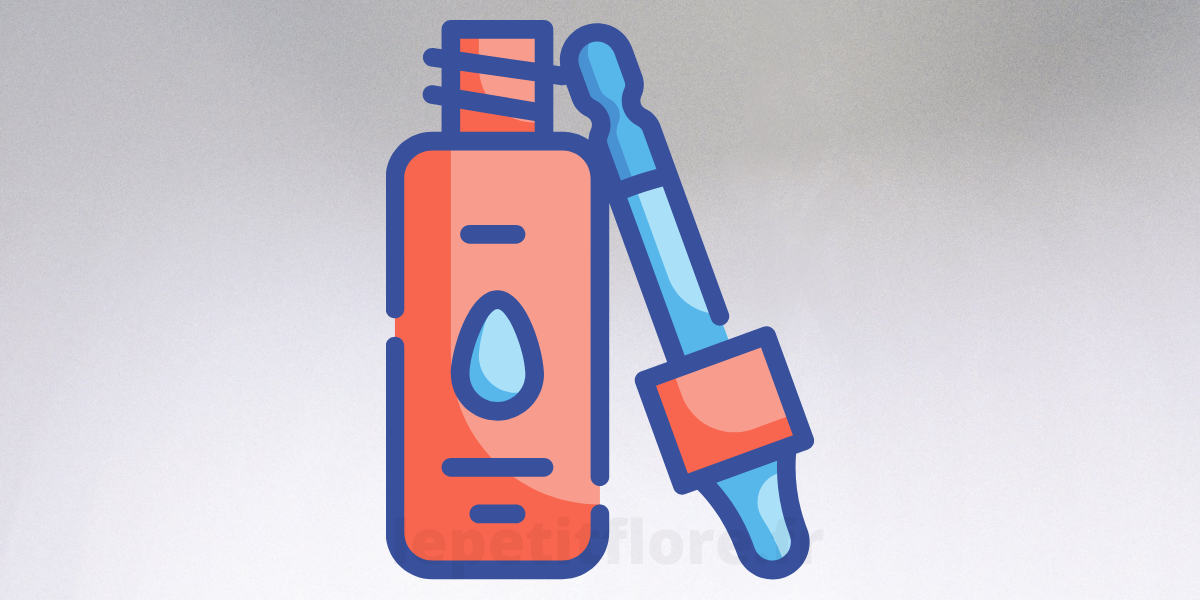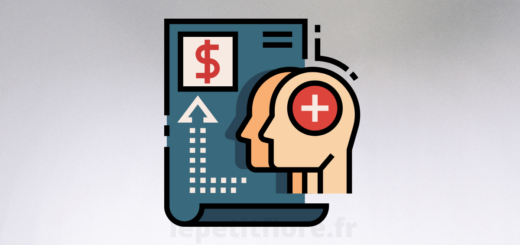Pricing Primer: Intangible Services

Pricing intangible services can be a difficult task. It is both an art and science. It is crucial to set the right price for your product or service in order to build a profitable business. Simply put, you need to charge enough money for your production and procurement costs. This will allow you to reflect the quality of the product or service you provide, as well as the brand value. Clients will pay more for your confidence.
Pricing a service can be tricky. If you don’t know what other people charge for similar services, it is impossible to price your own. It is difficult to benchmark because you don’t know what your competitors are charging. Clients will pay the price based on how much they believe the job is worth and what they think you are worth. You must avoid being seen as a commodity and be open to cynical bargaining down your price points. When creating pricing strategies, there are some guidelines you should follow.
Step one
is to understand how your clients view your services (reputation). Pricing experts say that a “cost-plus” pricing strategy is not advisable. It is tied to the cost of producing or purchasing wholesale the product or services to be sold. Customers are willing to pay $100.00 to receive a product or service that is $10.00 in price, so charge what the market will bear.
Step two
is to understand the client’s needs and wants. It all depends on the type of service you offer and whether it is an ongoing retainer agreement or a one-off project. Avoid charging hourly rates and instead bundle products and services into one fee. Don’t give clients the opportunity to nickel and dimple by examining invoice items and arguing over how long they should have been completed.
Step three
is to determine the different service levels you want, such as basic, premium, and upgraded. Clients appreciate the flexibility offered by a variety of service options.
Step Four
is to target clients who value your brand, your services and are willing and able to pay a premium for doing business with you. Your market size will shrink, but each client will be more valuable to you. This group of potential clients will value you and your abilities, making it easier to sell. This group can be reached through networking and self-promotional activity: people who have listened to your webinar, read your newsletter or blog, received a referral from a trusted source, or read an article favorable about you in the media are all examples of how PR and relationship building can work. These clients will trust your expertise and will pay fair prices for the contract signing.
The fifth step
is to know your competitors. Although it may not be possible to find out what their prices are, you can still learn about the brand’s value. Do you prefer to swim with solid fish or smaller ones? This could have an impact on your pricing strategy, but only if clients know what the big fish charge. Pricing your services too low is a mistake, especially if there are intense competitors with a well-respected reputation.
Step Six
is to compare the prices of MOBIS contracts offered to the federal government with competitors. This can be an excellent way to establish a range of prices. You will also see the types of services offered and how they are bundled.
Thank you for reading.



